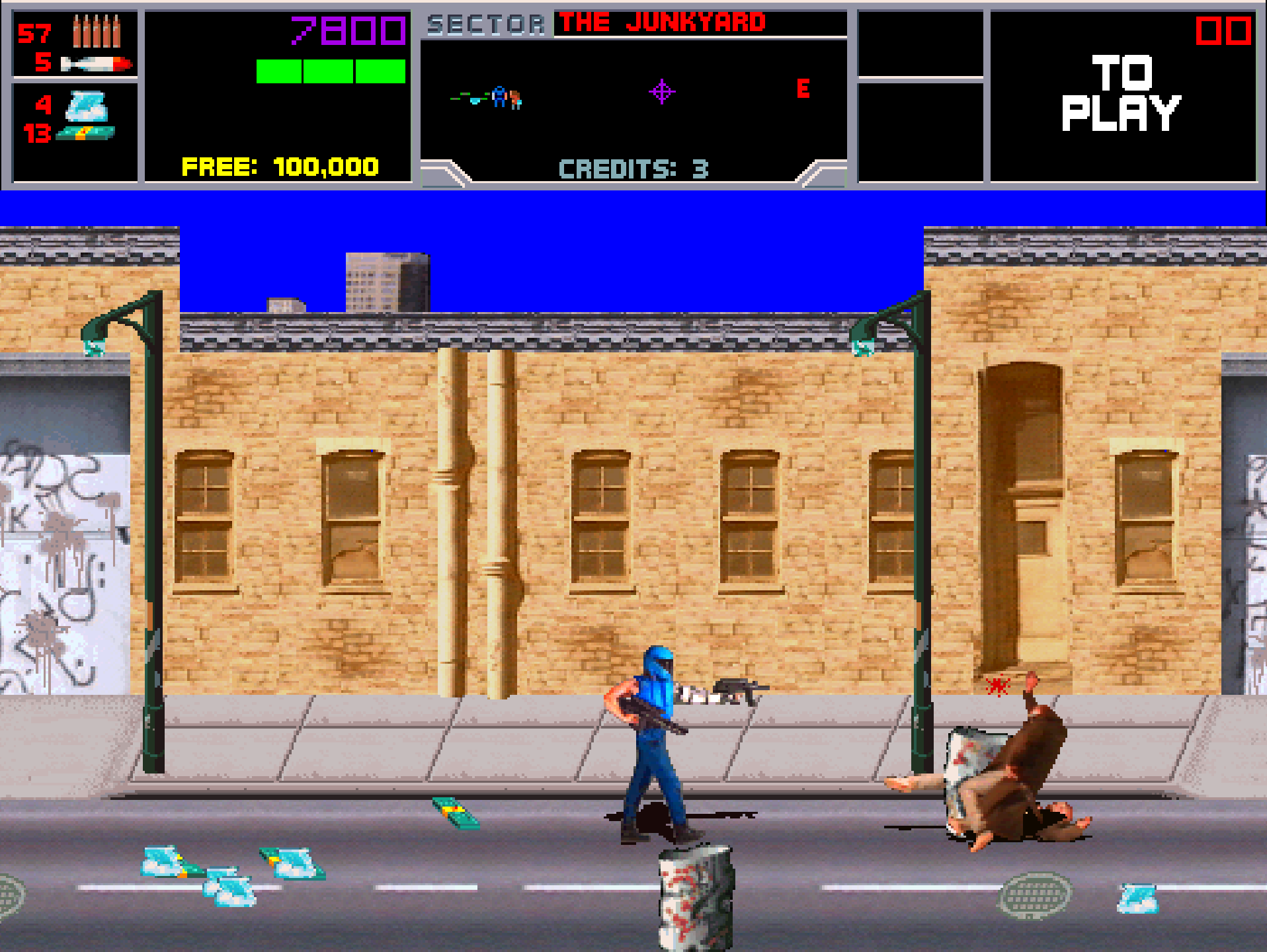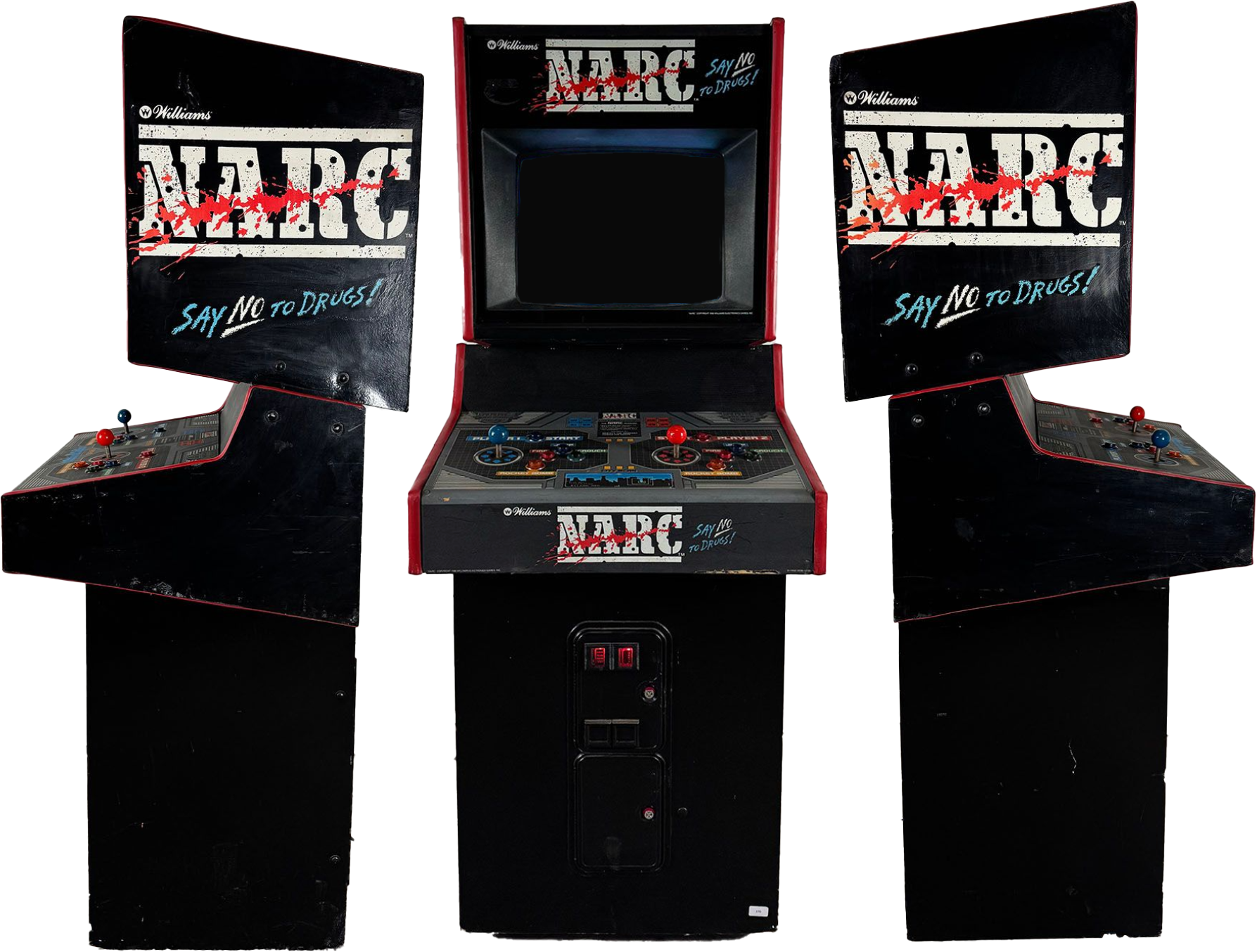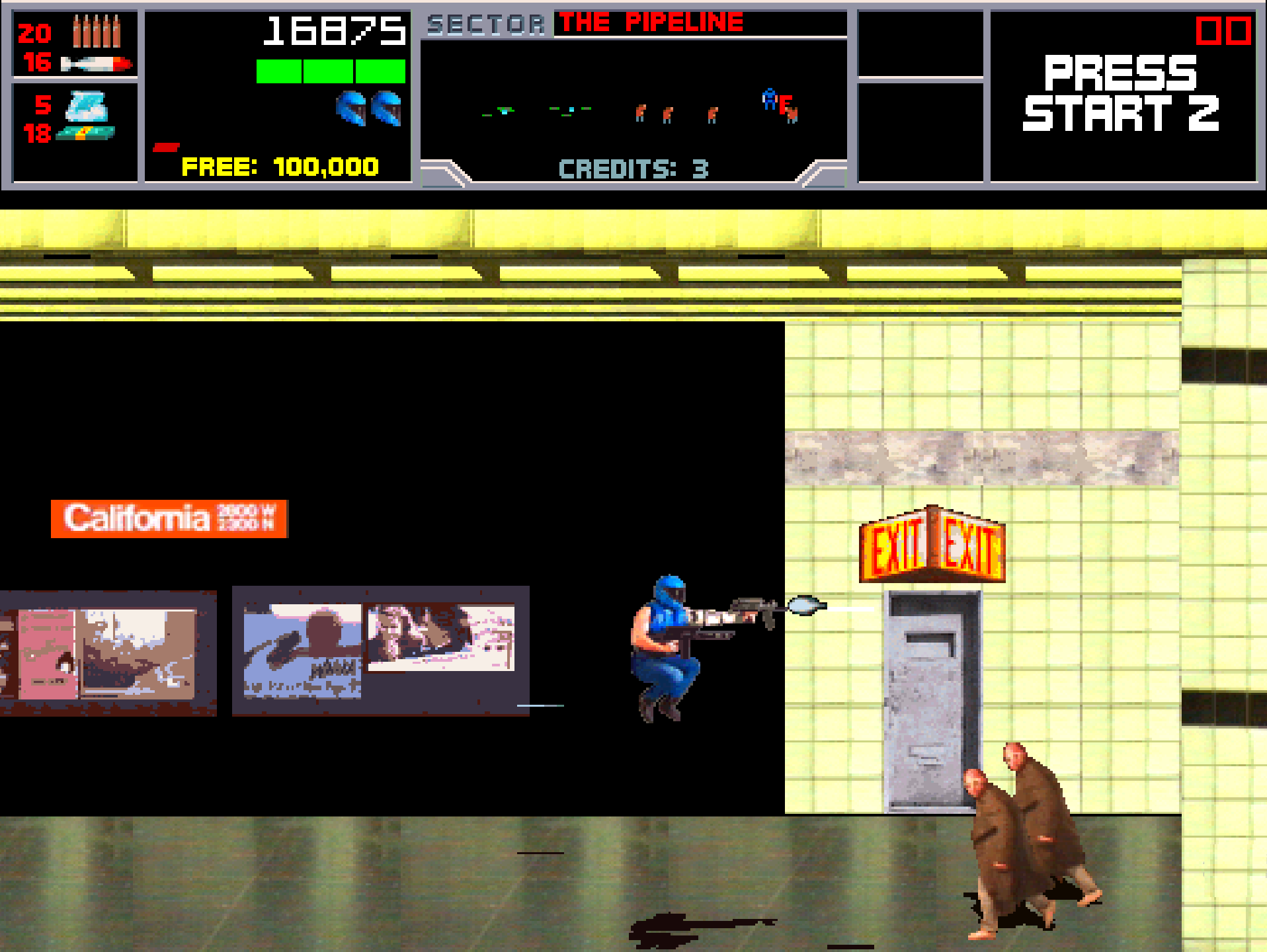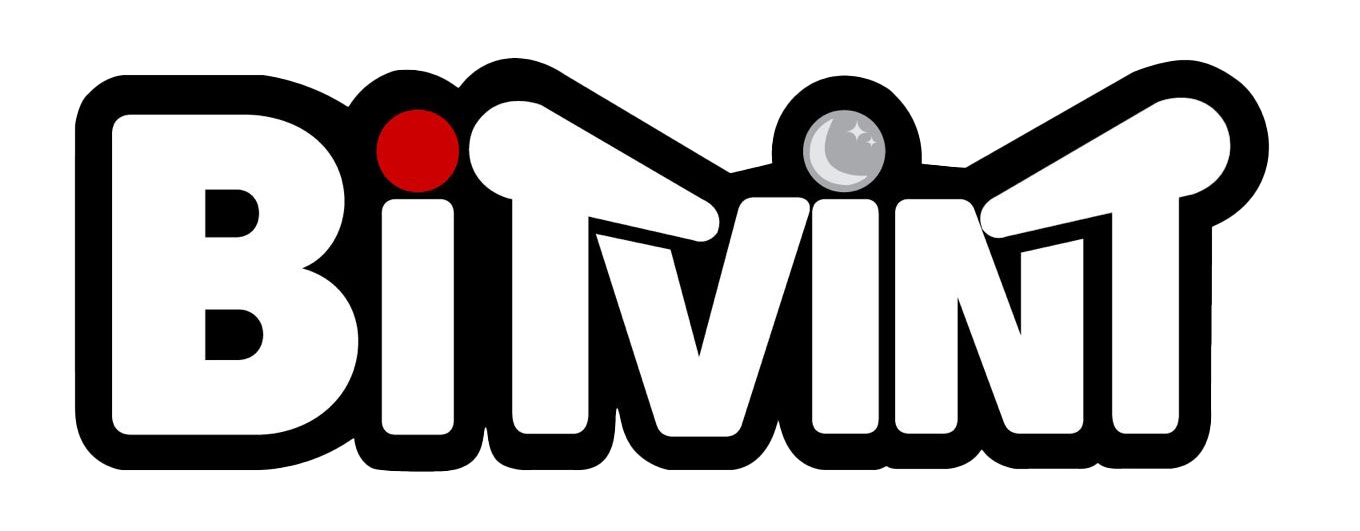Introduction
Released by Williams Electronics in 1988, NARC was one of the most violent and visually striking arcade games of its era. As one of the first ultra-violent video games to hit arcades, it combined digitized graphics, intense run-and-gun action, and a heavy-handed “War on Drugs” theme. Players took on the role of high-tech narcotics agents in a dystopian crime-ridden city, blasting criminals and seizing drugs with over-the-top firepower.

Development and History
- Developer: Williams Electronics
- Publisher: Williams
- Release Date: 1988
NARC was developed by Eugene Jarvis and his team at Williams, known for pushing the boundaries of arcade action. Utilizing digitized sprites—a technique later made famous by Mortal Kombat—the game created realistic character animations that shocked and impressed arcade-goers. With exaggerated violence and a futuristic tone, it was a bold and polarizing statement during the height of the anti-drug era in the U.S.
The game ran on the Williams Y-Unit hardware and marked an early use of high-resolution digitized graphics in action games.

Gameplay Video
Gameplay and Mechanics
Core Gameplay
Players control either Max Force or Hit Man, members of an elite narcotics task force. Their mission: eliminate drug dealers, junkies, and kingpins using lethal force. Key gameplay elements include:
- Run-and-Gun Action: Fast-paced side-scrolling action with an arsenal of machine guns and rocket launchers.
- Arrests or Kills: Players can choose to kill enemies or arrest them by walking into them. Arrests yield bonus points.
- Vehicle Sections: Certain stages allow players to drive cars or ride elevators to mix up the pace.
- Boss Battles: Memorable showdowns with grotesque criminals like Mr. Big, a cyborg drug lord with a giant floating head.
Challenges
- Swarming Enemies: Levels are packed with fast-spawning enemies that overwhelm if not managed quickly.
- Moral Choice Mechanics: Killing is easier, but arrests reward more points—offering a subtle incentive for restraint.
- Graphic Content: The excessive violence was both a gameplay hook and a barrier, with some arcades refusing to stock the game.

Cultural Impact and Legacy
NARC made headlines and pushed limits:
- Controversial Violence: Its graphic content and digitized gore sparked early debates about video game violence.
- Digitized Graphics Pioneer: It paved the way for future Midway/Williams titles like Mortal Kombat.
- War on Drugs Messaging: The game’s heavy-handed anti-drug theme mirrored real-world political campaigns in the late '80s.
- Home Ports: A heavily censored version appeared on NES, with ports also planned or released for Amiga, Commodore 64, and others.

Fun Facts
- Tagline: The arcade cabinet read “Say No to Drugs — Say Yes to NARC,” blending satire and propaganda.
- Exploding Enemies: Enemies literally burst into chunks, a visual effect that helped define its reputation.
- Digitized Blood: One of the earliest uses of digitized blood and gore in a commercial arcade game.
- Mr. Big’s Reveal: The final boss is revealed as a giant robotic head—a bizarre and unforgettable twist.

Conclusion
NARC wasn’t just another arcade shooter—it was a chaotic, ultraviolent experience that helped define an era of edgy, boundary-pushing game design. With digitized graphics, memorable enemies, and over-the-top action, it paved the way for games like Mortal Kombat and Doom. Whether viewed as satire or straight-faced messaging, NARC remains a cult classic worth revisiting.

